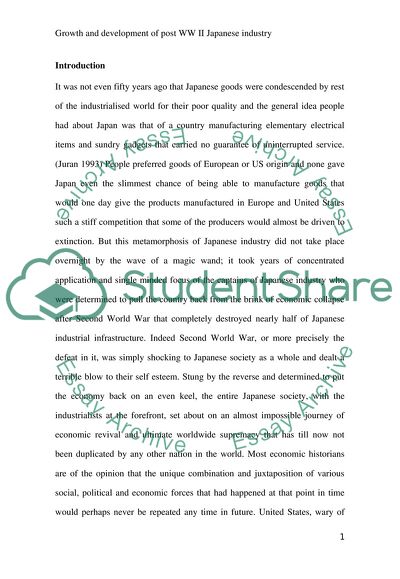Cite this document
(Growth and Development of Post WW II Japanese Industry Dissertation, n.d.)
Growth and Development of Post WW II Japanese Industry Dissertation. Retrieved from https://studentshare.org/social-science/1724587-lean-operations
Growth and Development of Post WW II Japanese Industry Dissertation. Retrieved from https://studentshare.org/social-science/1724587-lean-operations
(Growth and Development of Post WW II Japanese Industry Dissertation)
Growth and Development of Post WW II Japanese Industry Dissertation. https://studentshare.org/social-science/1724587-lean-operations.
Growth and Development of Post WW II Japanese Industry Dissertation. https://studentshare.org/social-science/1724587-lean-operations.
“Growth and Development of Post WW II Japanese Industry Dissertation”, n.d. https://studentshare.org/social-science/1724587-lean-operations.


